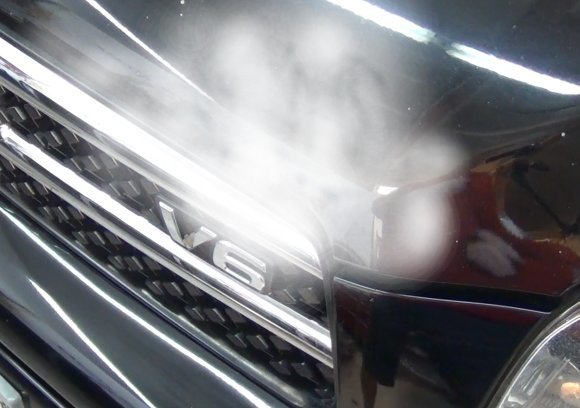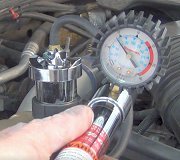If there was an air pocket, it would have been under the thermostat and it would be burped out by now. The coolant level in the reservoir would have gone down perhaps an inch or two, but only one time.
We have to be sure the air is expelled when we service the system because that air under the thermostat will prevent it from opening, and the engine would overheat. A lot of thermostats have a tiny bleed hole in them to let the air circulate to the radiator where it will get pushed into the reservoir. After that, liquid will be drawn back in when the engine cools down.
A lot of engines have bleeder screws on the thermostat housing to allow for manual bleeding. On others we remove a temperature sensor or threaded plug when necessary.
The only way you would have to add a lot of coolant, as in more than a gallon, is if only the radiator was filled during the recent service and the engine block was empty. Even when the entire system is drained, there is still a lot left in the engine that doesn't drain out, so it will never be completely empty.
If the engine doesn't run hot, and the heater will blow hot air, the cooling system has to be reasonably full. After one warm-up / cool-down cycle, there won't be any more air in the system. At that point, once the reservoir is at the proper level, you should not have to add more coolant.
Thursday, July 23rd, 2015 AT 10:52 AM


